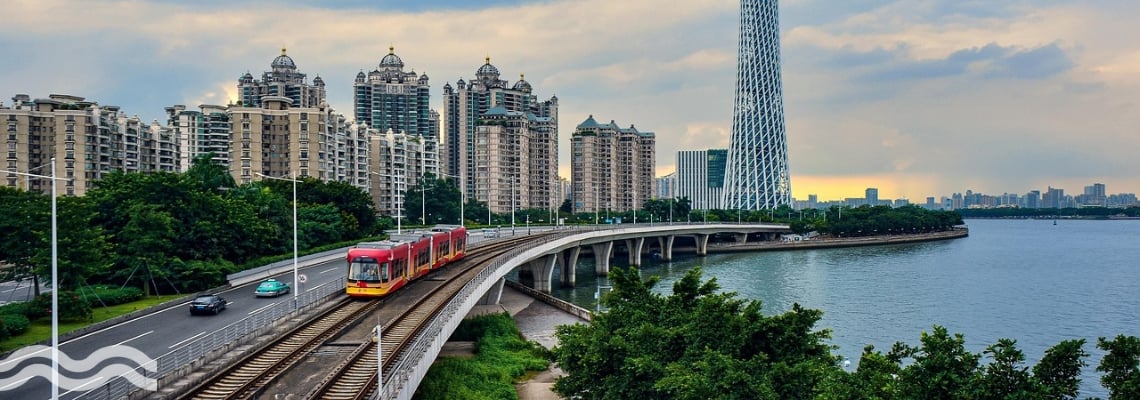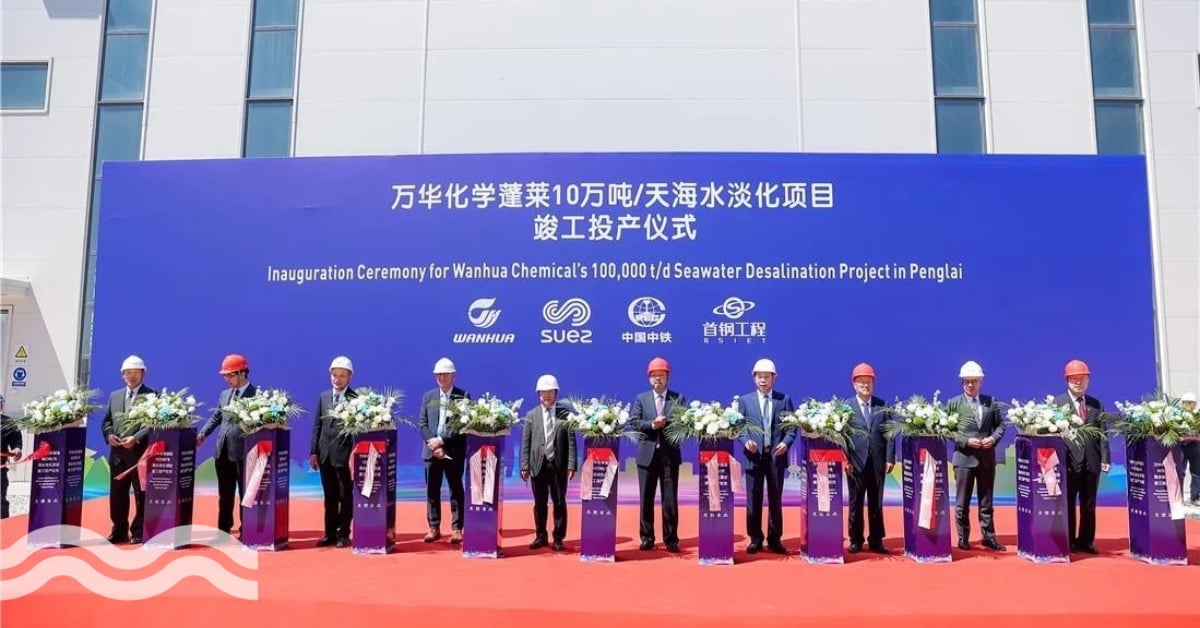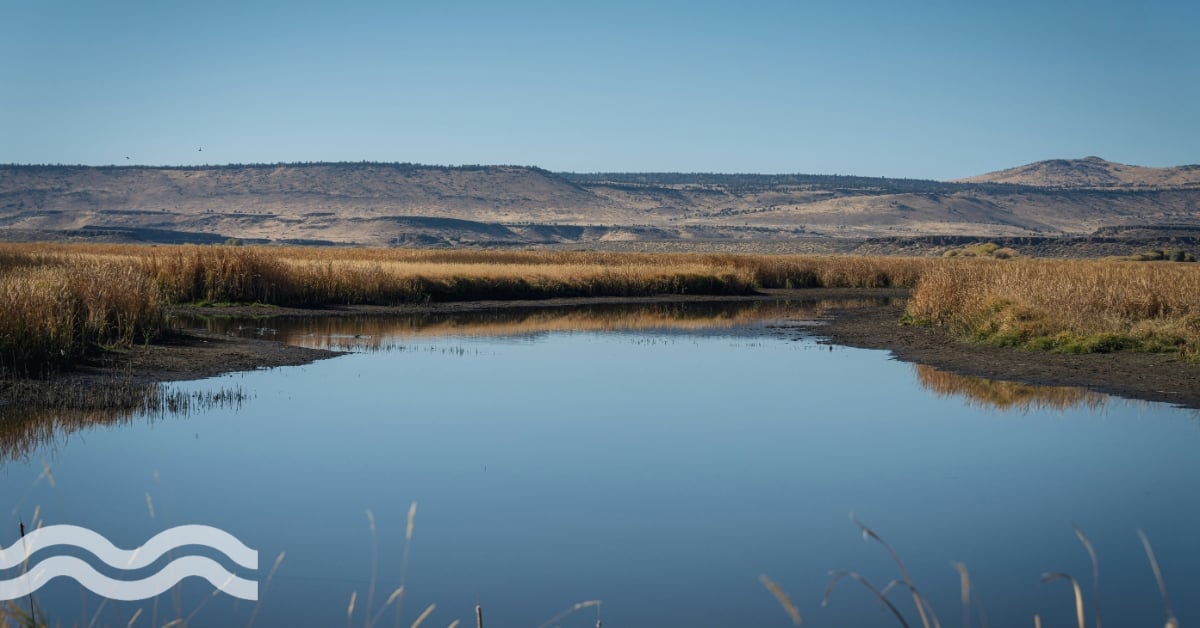
The Chinese government continues to target cleaner water resources with an action plan designed to protect and create beautiful rivers and lakes. The plan which runs through to 2035 focuses on improving the quality of aquatic ecosystems across the country as part of the broader Beautiful China initiative.
Improving aquatic eco-systems
The plan will be led by the Ministry of Ecology and Environment. Key milestones include demonstrating ‘notable progress in creating beautiful rivers and lakes by 2030’ with all project goals completed by 2035.
Liu Jing, deputy director of the department of water ecology and environment at the ministry, told Chinese media that to be rivers and lakes needed to meet several criteria to be judged ‘beautiful’. Liu explained:
“Water resources should have a stable source of replenishment, good water flow and adequate ecological water use, thus steadily achieving the goal of ‘rivers with flowing water’.
“Water ecology: The ecological functions of water bodies and their buffer zones should be maintained or restored, biodiversity effectively protected, and the return of representative native species ensured, thereby achieving a stable state of ‘rivers with fish and aquatic plants’.
“Water environment: Pollutant discharge within the basin should be effectively controlled, water quality significantly improved or be consistently excellent, public needs for waterfront landscapes and recreational spaces well met, and ecological concerns raised by the public properly addressed, ultimately achieving ‘harmonious coexistence between people and water’.”

A science-based approach to water quality
According to the Ministry, the plan aims to promote targeted, science-based and lawful pollution control, coordinate the management of water resources, aquatic environments and water ecology, and build an integrated ecological governance system across upstream and downstream areas in key river basins to improve the health of aquatic ecosystems.
Progress will be judged against 19 measures which focus consolidating and deepening water environment management, guaranteeing basic ecological water use, and comprehensively advancing protection and construction efforts.
China’s water sources
There are many thousands of rivers in China; some sources suggest as many as 45,000, of which more than 1,500 drain areas of land in excess of 1,000 m2. These are often classified into exterior and interior systems. Chinese government statistics state the catchment area of the exterior rivers (that empty into the ocean) alone accounts for 64 per cent of the country’s total land area.
There are 2,800 natural lakes with a surface area of over 1km2, and more than 130 lakes that cover more than 100 km2. There is a mixture of saltwater and freshwater lakes.
In addition, there are reservoirs, canals and other water-based infrastructure projects.
The current plan includes 2,573 water bodies in the list requiring protecting and restoration. The list covers major river trunks, key tributaries, and important lakes and reservoirs with critical ecological functions, fragile environments, or significant public interest.
The Yangtze River pilot project
The plan has been piloted on stretches of both the Yangtze River trunk stream and Yellow River trunk stream. Between them, these rivers run for more than 11,000km.
Pilot programs ran for three years to understand more about the ecology of the rivers and to assess what measures need to be taken.
According to the plan, by 2027, the index of aquatic biological integrity in the Yangtze River Basin is expected to improve and the decline in aquatic biodiversity in the Yellow River Basin will be initially curbed.
As a result of the pilot projects, ecological protection compensation mechanisms will be established in major river basins, such as the Yangtze and the Yellow rivers.
Part of a wider focus on water quality
The plan is the latest in a series of directives that target improved water quality throughout the country.
Liu Jing told state media: “It is a milestone, following the 2015 Action Plan for Prevention and Control of Water Pollution.”
He added that it marked a ‘new phase’ in China's water governance, moving beyond pollution control toward a more integrated approach.
Upon issuing the 2015 Action Plan, a statement from the Chinese government read: “The CPC Central Committee and the State Council have attached great importance to the prevention and control of water pollution.”
The plan identified 10 measures to control water pollution: Control pollution discharge and emissions from industrial, municipal, agricultural and rural sources; circular development through utilization of industrial wastewater, recycled water, and seawater; conserve water resources and control consumption; strengthen support for R&D; water price reform; tighten the supervision on environmental enforcement; substantially strengthen water environment management; ensure the safety of water ecological environment, including ensuring safety of drinking water sources and improving water and marine environments; identify the responsibilities of all parties and have them fulfilled; enhance public participation and social monitoring.
While the action plan was due to conclude by 2020, it’s goals have continued in subsequent policies, such as the country’s 14th Five-Year Plan (2021–2025) which prioritised, among other things, wastewater reuse, with the target of recycling 25 per cent of urban wastewater by 2025 and becoming a global leader in sustainable water solutions.
The latest plan forms part of the wider Beautiful China initiative, which brings water quality and quantity into wider ecological and economic spheres.
The Beautiful China circular economy
First proposed in 2012, the Beautiful China initiative has been backed by current president Xi Jinping. The initiative was formally introduced in 2024 and is important for three key reasons:
• It sets numerical targets for quantifying environmental objectives with a clear timeline
• It applies a whole-of-government and whole-of-the-economy approach to addressing environmental and social objectives
• It is backed by the country’s top leadership which shows that the environmental objectives of Beautiful China are a core requirement of all social and economic development.
The implications of this initiative for water tech and climate tech companies is that ensuring all stakeholders are meeting their targets will require investment and innovation. The Beautiful China initiative is a state-wide circular economy approach that aims to deliver a low-carbon, green economy. It is split into three phases:
• By 2027, China will promote its green and low-carbon development, reduce the total amount of major pollutants, optimise land-use protection, and strengthen its ecosystem service function.
• By 2035, green production and green lifestyles will be widely formed, carbon emissions will decrease steadily after peaking, biodiversity and stability of ecosystems will be significantly improved, and the goal of a ‘Beautiful China’ is expected to have been achieved.
• By the mid-century, key sectors are expected to be ‘deeply decarbonized’, and the ecological environment will be considered to have met all targets to be considered healthy and beautiful.
The initiative also includes plans for ‘zero-waste’ cities, reforestation and increased EV production.


